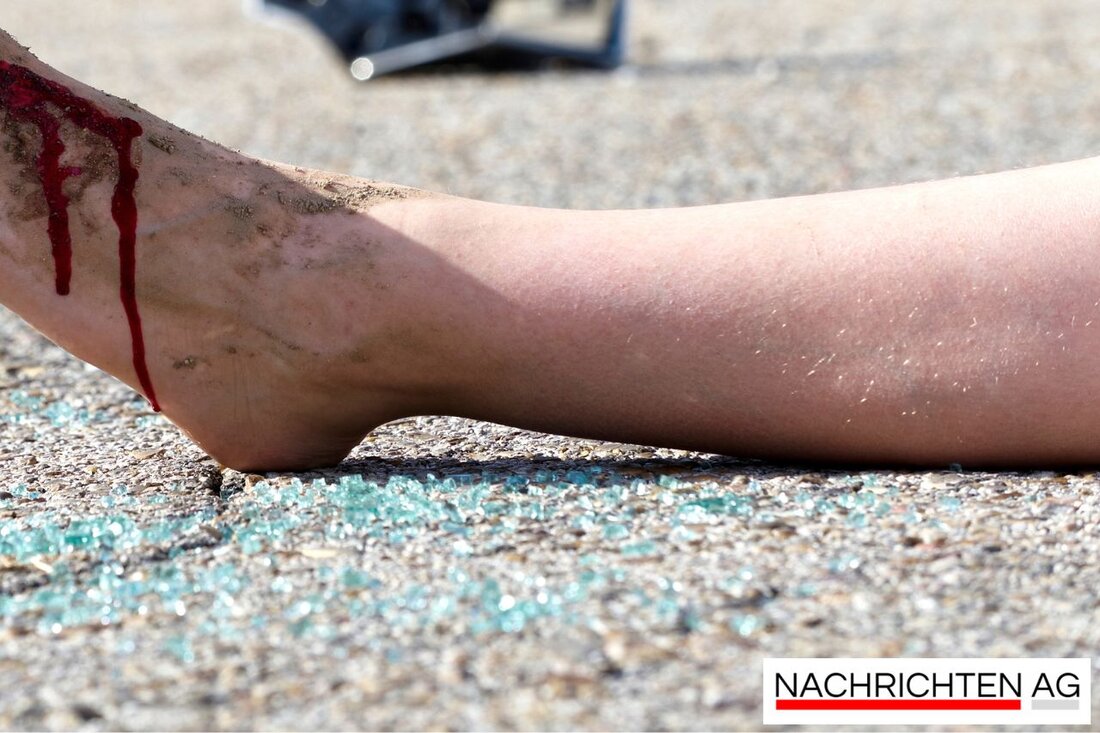Bremen's construction experts discover Vienna's secrets for affordable living!

Bremen's construction experts discover Vienna's secrets for affordable living!
The city of Vienna not only captivates tourists, but also experts from the field of urban development and mobility. A delegation of deputation for mobility, construction and urban development from Bremen was currently in the Austrian capital in order to deal intensively with innovative concepts. The focus of the trip was on social housing, modern urban development and sustainable mobility. The delegation met with various experts from the city of Vienna to discuss challenges and solutions in social housing, such as the reported.
A very special focus was on developments in the seaside city of Aspern and in the Sonnwendviertel. These areas are exemplary for the innovative solutions from the international building exhibition, which serve as a laboratory for urban development. A city walk through the new building district impressively illustrated what this transformation process already looks like in the existing one.
Seestadt Aspern: The showcase project for modern urban development
The Seestadt Aspern has been created since 2010 and has blossomed into one of the largest urban development areas in Europe. Not only generous residential complexes are being built here, but also the concept of the mix of use is pursued. This is intended to shorten everyday ways and promote active locomotion, as the city sociological study by Jeremias Jobst makes it clear. A central aspect is the sustainable mobility that is intended in the master plan. Connections to public transport and extensive cycle and footpaths are just a few of the measures implemented to move residents to use environmentally friendly means of transport. This strategy is coordinated by the Vienna 3420 Aspern Development AG
An important part of the Seestadt is the U2 extension to the “Seestadt” station, which was already put into operation in 2013. This ensures that the residents are wirelessly connected to the rest of the district. Over 88% of those surveyed in the study also have an annual ticket for public transport or use their own bike. However, working in the Seestadt remains a challenge, because the commuting routes for qualified jobs are increasing, while the number of jobs in the district is limited.
The challenges of neighborhood development
Successful neighborhood development is not a sure -fire success. The IBA_Wien, which controls these processes, underlines that the participation of many players is decisive. Social interaction is promoted in the so -called "growns", where public and private spaces act as habitats. One focus is on affordable living space, climate pieces of green spaces and environmentally friendly mobility. The exchange with the Viennese lines about the expansion of local public transport was another point on the Agenda of the Bremen delegation, such as the iba Vienna emphasized.
In summary, it can be said that the knowledge from Vienna is of great importance for Bremen. The approaches to affordable living space development, sustainable neighborhood design and the mobility turnover could also open up new perspectives in the Hanseatic city. As the Bremen delegation was able to find impressively, there is great potential for future urban development that needs to be used.| Details | |
|---|---|
| Ort | Seestadt Aspern, Wien, Österreich |
| Quellen | |
